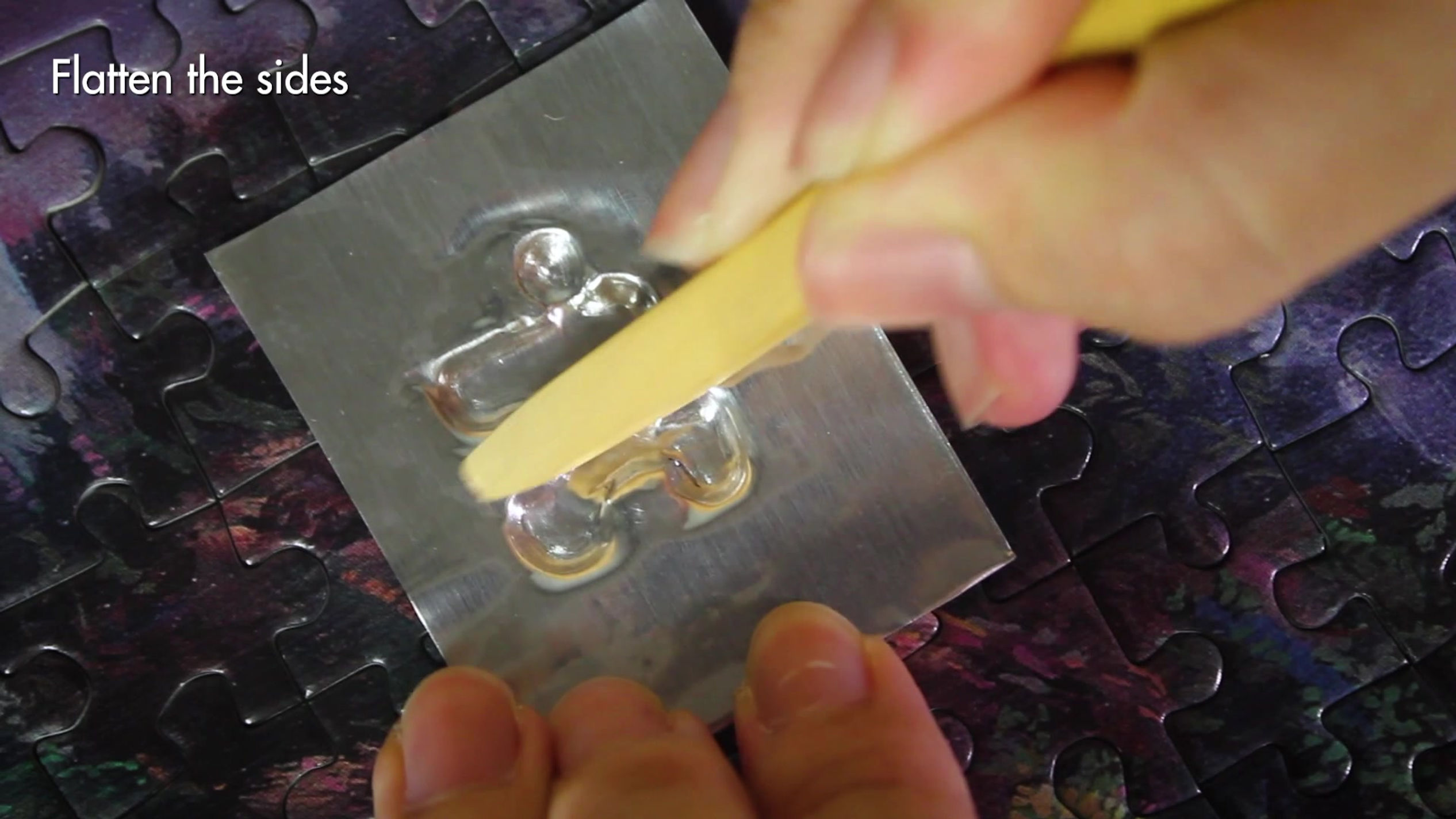
ĀO - THE MISSING PUZZLE REPAIR KIT
material experimentation & explorations | product redesign | design research & criticism
2019
Repair is often seen as mere restoration of an object to its original form. But repair also opens up opportunities to honor the story and heritage of an object as it embraces its flaws and brokenness. Āo, which means concavity in Chinese, is a missing puzzle repair kit. Embracing the emptiness, the missing piece is highlighted as a lustrous concavity and recognized in the whole image of the puzzle.
by Sen Fong Ling & Shaina Kang
Exhibited in the R for Repair Exhibition at National Design Center, by Hans Tan Studio
Redefining Repair
In the climate of a disposable, consumerist culture, the concept of repair has grown foreign as replacing faulty objects simply presents itself as the more convenient option. However the beauty of repair is the sense of ownership and relationship between man and object that is developed through this process.
Take for example the Japanese art of repairing broken pottery, Kintsugi, which mends the breakage of the pottery with lacquer mixed with gold. The repaired pottery now possesses a higher material value than it did before. By aiming to re-imagine the concept of repair as an inspiring activity, an opportunity to allow one to transform their objects into something of a higher value (material or emotional) than it was before, the perception of repair can be altered to be seen with greater desirability.
THE MISSING PIECE
A puzzle is bought to be completed. With a piece gone missing (which is a common occurrence), the puzzle becomes imperfect and incomplete, and users will not likely frame the puzzle up. The puzzle will either be left aside or kept back in its box.
So how can one fix a puzzle with a missing piece?


MATERIAL EXPLORATION
Many different materials were explored as options to recreate the missing piece, such as cardboard, wool, leather, clay, resin and foam. But the malleability and luster of metal foils provided the most intriguing results.
Using the embossing technique as the repair method, several angles were explored in trying to recreate the missing piece with a unique flair, for the user to be able to add a personal touch to their puzzle. These included creating textures and patterns, removing more puzzle pieces to turn the missing piece into a label.

Āo - a debossing technique that embraces the hollow empty gap of the missing puzzle piece
Rather than recreating the puzzle piece by filling the space up with a material, the authenticity of the object's story would be preserved if the gap and emptiness of the missing piece to be honored and highlighted instead, as part of the puzzle's origin and heritage.
Āo makes use of the gap in the puzzle pieces to create the lustrous foil piece that celebrates the imperfection of the puzzle, overturning the flaw of the puzzle and configuring the loss of a puzzle piece into part of the puzzle's aesthetic narrative.
THE REPAIR KIT
 Āo - the missing puzzle repair kit |  Āo - the missing puzzle repair kit |  The repair kit comes with debossing and cutting tools, and instructions printed at the back. |
|---|---|---|
 Tools include a scissors, shaper tool, stylus and foil pieces - in copper and silver to suit the user’s preference. |  A sample piece is provided at the front of the kit for users to reference. |
